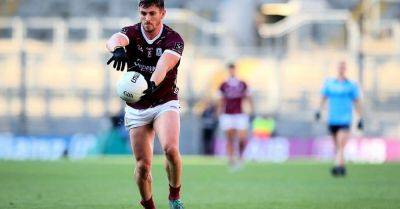Mapping the grounds most prone to 'games of two halves'
As an island nation on the edge of the Atlantic Ocean, it's no surprise that Ireland is susceptible to areas of low pressure that bring, well let's be simplistic about it, bad weather.
The arrival of either a deluge or gusty winds form part of the national conversation, more often delivered in downbeat tones. High pressure, again not to complicate things, brings us settled weather. No rain or wind to speak about. But the high does not visit our shores as regularly as the low.
The prevailing wind in Ireland is a south-westerly and in that flow comes bands of rain or showers, often accompanied by a strong south-westerly. That was very much the case on 24 January this year, when Storm Éowyn caused widespread damage and power outages. Those of a certain generation will remember Hurricane Debbie in 1961, a significant event, where 16 deaths were reported across the island.
And while extreme events like Éowyn and Debbie, we hope, will not be the norm going forward, Ireland, because of its position in the Atlantic will continue to have stormy episodes, as depressions pass near or over the country.
In an outdoor sporting context, the severity of the wind poses issues. Ask a links golfer, or the free-taker in Gaelic football. And it's with the latter code we focus on when it comes to the impact a breeze or a force-8 gale has on kicking the ball.
Storm Éowyn had passed our shores just in time for the start of this year's Allianz League, a competition where Gaelic football's new playing rules were viewed competitively for the first time. There's a lot to take in and we don't know as of yet what changes will be in place for the start of the championship in five weeks' time.
One change that is likely to stay in place is the award of a







